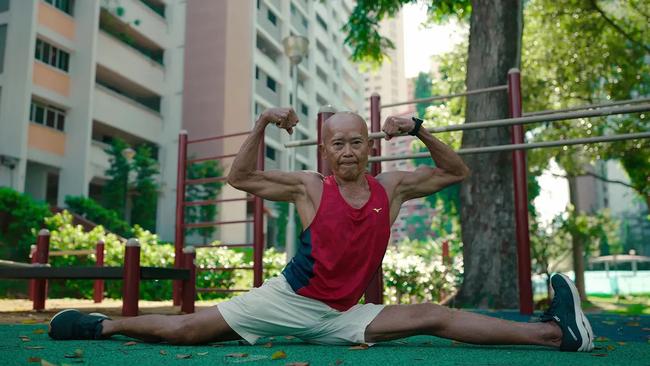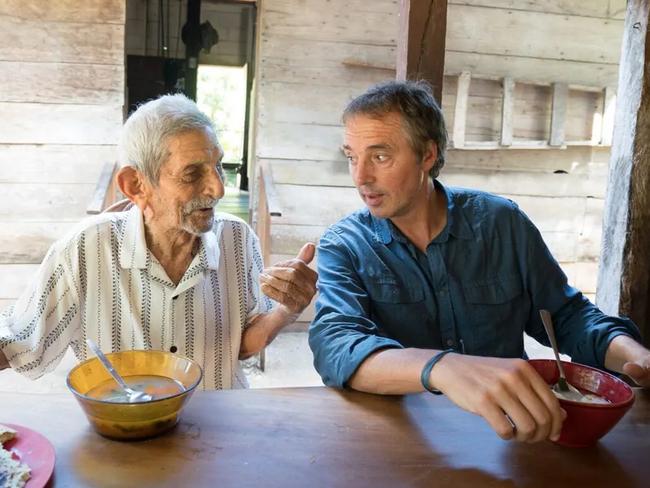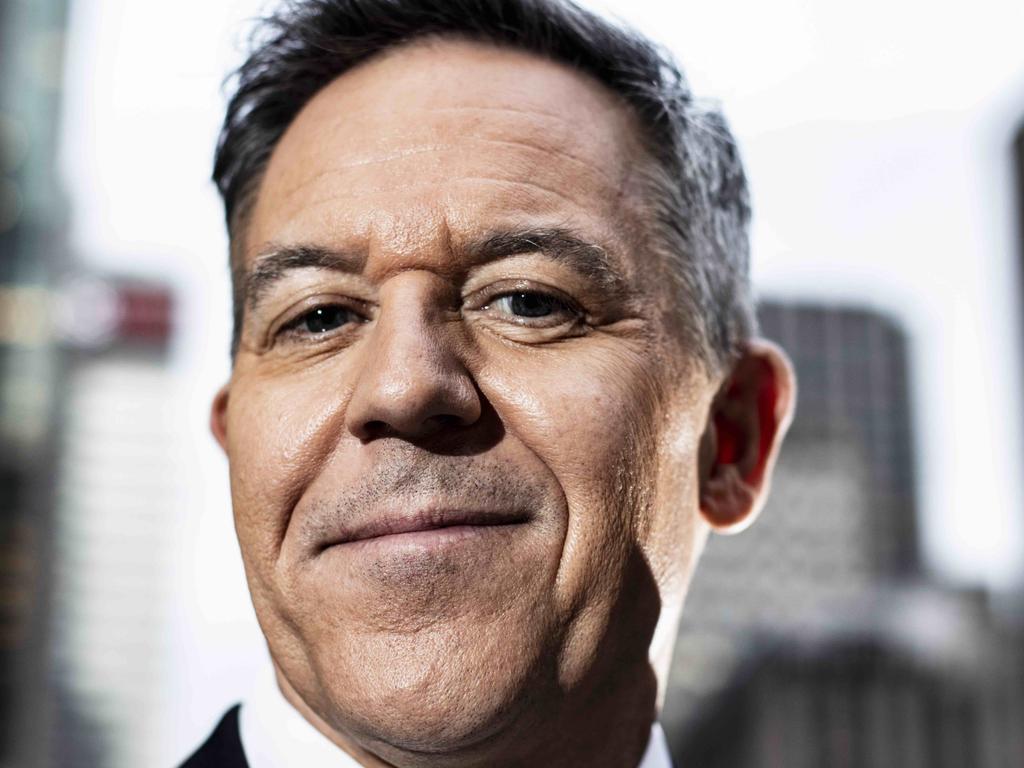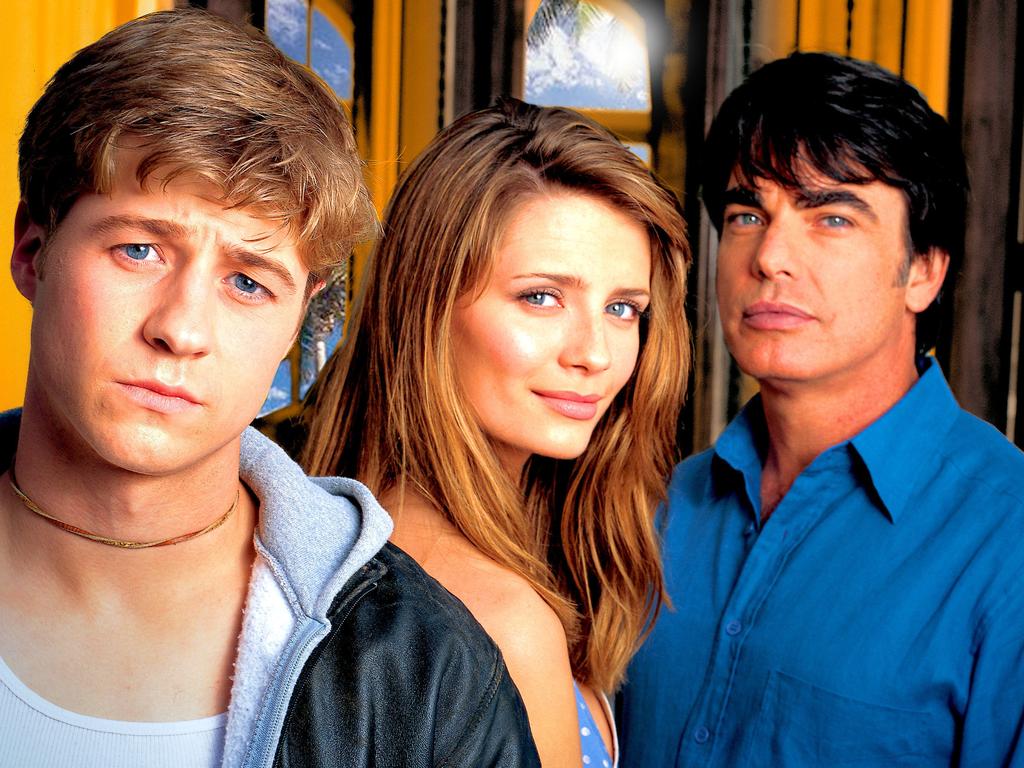Want to live to 100? Here’s how according to a TV show
We can’t stop the biological clock, but according to a new TV show we could be just a few servings of sweet potato away from cracking triple figures.

Growing old is a gift. There is no denying that. What a joy to enjoy a long life full of memories and laden, hopefully, with love, comfort and good health.
Keen to try it? Well throw away your Apple Watch and quit spending so much time scouring the shelves of Chemist Warehouse. Instead start seeing your mates more than your doctor and skip the lift for the stairs.
Oh and eat more purple sweet potato and drink more wine.
Stay tuned for more secrets in Netflix’s new series, Live to 100, which is captivating viewers around the world, including Australia. Where those of us streaming this new series should recognise the irony in that we are all glued to the couch watching a show that highlights the dangers of our increasingly sedentary lifestyles.
We’re also an increasingly ageing population.
It’s something about which researchers and the new(ish) Aged Care Minister Anika Wells continue to remind us. But given that the sector tasked with looking after us in our twilight years is about as cooked as the “food” (or what constitutes it) they serve in some infirmaries for the frail, Live to 100 has some handy life hacks.
“Common thinking tells us that if we do live that long, our quality of life may not make the effort worthwhile,” journalist, author and lifelong cyclist Dan Buettner says.
Here is a bloke who has spent more than 20 years accumulating evidence to the contrary as he introduces us to the geographical ”Blue Zones” and the diet that revolves around portion control.
Buettner and a team of colleagues conducted research and discovered five pockets of the world that exhibited “outstanding longevity”.
The Blue Zones are Okinawa in Japan, Sardinia in Italy, Nicoya in Costa Rica, Icaria in Greece and Loma Linda in California. Yes, really. One of these mythical postcodes is actually located in the home of fast food.
The four-part series is beautifully shot — it’s like The Amazing Race for the soul — and takes us to these regions to follow elderly populations living more vibrant lives than most Gen Zs.
Singing, laughing, eating and walking are key. The commonality these centenarians all share include regular physical activity, socialising, having a daily “purpose” and enjoying wholesome fresh foods and a regular tipple.
It may sound a bit all Death Becomes Her, but the people are more entertaining and uplifting than Meryl Streep, Goldie Hawn and Bruce Willis combined.
Many of these living treasures lead simple and pared back lives.
In Okinawa they sit on the floor, pitch in to help their friends emotionally and financially and “never retire”, while these 100+ year olds are no longer doing the 9-to-5 — they wake up each day and get to work, whether it’s tending to their back gardens, mustering cattle on horseback or volunteering as traffic wardens for local schools. They get up and get out there, every day.
Use it, or lose it comes to mind many times during the series.
At 63, Buettner he’s a pretty good advertisement himself for this lifestyle. He consumes a plant-based diet, still uses a bike more than Tony Abbott (himself a candidate to be a subject of this type of series in a few years given his predilection for staying active and volunteering).
Since the series aired it has soared up the most watched lists around the world, however, as is the case with most things, the diet portion has gone viral because social media users (like me) are a superficial bunch.
“What is the blue zones” diet is now trending on Google.
It’s delightful in its simplicity. And sounds delicious, if not a bit expensive in this economy.
Buettner rightly points out the similarities of all these older folk is that they treat food like fuel and medicine – regardless of the diversity in cultures the zones cover.

There are four elements to add to your plate/cart/UberEATS order soon: whole grains, such as corn, wheat and rice; some greens; sweet potatoes; and beans, which Buettner describes as the “cornerstone of the diet.”
People living in the zones – from Japan to Italy to Southern California – also eat some meat, on average about five times a month, and fish once or twice a week.
They also have a “little bit of sheep‘s milk cheese or goat’s milk cheese, but very little sugar. Probably a quarter of the sugar that we eat, and almost no processed food”.
Beyond being sated, another important secret is being social.
Given the show is made by Americans, they cite the most recent US stats, which are alarming in terms of quality and quantity of life.
According to US data, the average life expectancy in America has declined to 76.4 years. The lowest it’s been since 1996. The surge in diseases such as diabetes, a lack of movement and, as experts tell Buettner, loneliness are direct causes.
The latter is so rife it is being deemed a public health crisis.
Meanwhile Australia still boasts one of the best rates, with girls born in 2019 predicted to live, on average, to 85.4 and men to 81.3. But that’s just for non-Indigenous people, and don’t even get the health professionals started on our obesity rates and surging mental health issues.
If anything, Live to 100 is a wonderful tonic that shows it’s actually not that hard to live a long, healthy, fulfilled life – and stay out of the horrid aged care system for as long as possible. Just log off those apps, get out and live.
Thanks to this joint venture with National Geographic and Buettner, forget all the “bikini body ready” plans with which we’re inundated at this time of year on social media and binge this longevity porn instead.
Live to 100: Secrets of the Blue Zones is streaming now on Netflix.






To join the conversation, please log in. Don't have an account? Register
Join the conversation, you are commenting as Logout